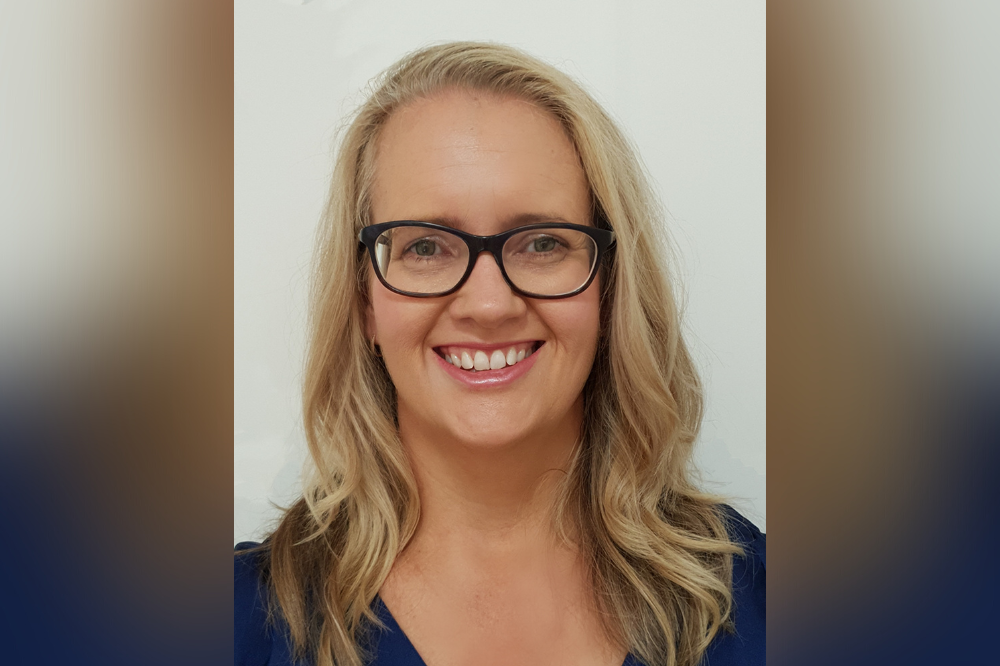Borrowers are trying a variety of ways to increase their borrowing capacity in the current market, but Smooth Sailing Finance Consulting finance specialist Fiona Erquiaga says many borrowers are struggling to make the big difference that is now required to snag the property they want.
Erquiaga (pictured above), a mortgage broker based in Queensland’s Airlie Beach, said she had seen reduced borrowing capacity affecting clients. One first home buyer had a pre-approval of $610,000 last year expire before a purchase, and can now only borrow $520,000 with no other changes to their circumstances.
“Another of my first home buyer clients could borrow over $600,000 in January 2022 but can now only borrow $350,000 – and that is with increased income from working an extra day per week – though they incurred higher childcare costs which made a big dent in their borrowing capacity.”
Borrowers are trying a range of ways to improve their financial situations to qualify for the finance they need, from trying to earn more income from extra or full-time work, to reducing their financial commitments in areas like personal loans, credit cards and other expenses.
“There are really only two ways to increase borrowing power – earn more money or reduce commitments. I workshop these things with clients; for example, we ask how much extra they can borrow by paying off a car loan or credit card or HECS – which is a big killer with inflation now.”
Borrowers reducing commitments or earning more
Erquiaga said while eating into a deposit to reduce debt was not always an option, she worked with customers to try and work out a balance in some scenarios. For example, if someone had a $50,000 deposit and a $5,000 personal loan, it may work out to use some of their deposit to pay it off.
“Another client I spoke with last week had a $25,000 personal loan. It is not feasible to pay that out from the deposit, but they have decided to take six months to pay that off so they have one less commitment – although interest rate rises between now and then could cancel that out.”
While “it’s not always easy to earn more money”, Erquiaga said borrowers were exploring this option. She said moving from part-time to full-time could boost borrowing capacity, although sometimes a move from casual to full-time can reduce the income someone can earn.
Borrowers could try to find ways to earn more income, such as taking on extra shifts or extra days, or even changing jobs – but Erquiaga said that didn’t change their borrowing capacity overnight, as it could take six months until that flowed through into improved borrowing capacity.
“It’s hard to increase borrowing power. Usually it is what it is, and it is a case of people being willing to wait a little bit, and to work on it and to try and maximise it over time,” she said.
She added that some customers that she had assisted to purchase a property within the last 12 months to two years had come back wanting to buy a different property, but that with interest rates rising, it wasn’t even possible to demonstrate they can afford what they have now.
Difficult to avoid borrowing at maximum capacity
Erquiaga said she always suggested that clients did not borrow to their maximum capacity because they needed to consider their personal lifestyle choices and desires, and potential unforeseen changes to their circumstances, as well as their need to buy a property.
However, there was often a catch-22 between being as responsible as possible about borrowing at maximum capacity and trying to get into a high-priced housing market amid rising rates.
“Borrowers are definitely trying to be more prudent, however this isn’t always possible in this market, as they still need to pay higher prices to secure a home, and the alternative is paying high rent for somewhere to live,” Erquiaga said.
She provides estimated repayments for clients with a number of interest rate rises factored in, demonstrating to them how a 0.25% rise in interest rates might mean finding $25 dollars a week for someone, meaning they would need to sacrifice their daily takeaway coffee.
“We walk through if they willing to give that up, or have they got means to earn more income if rates go up significantly and they find they are struggling – essentially I talk to them about their personal contingency plans if things don’t go as planned,” she said.
What are some ways you are working with clients to improve borrowing capacity? Share your thoughts in the comments section below.


